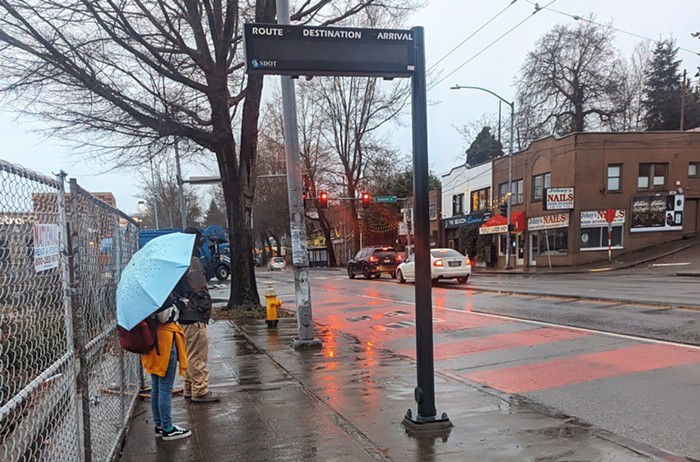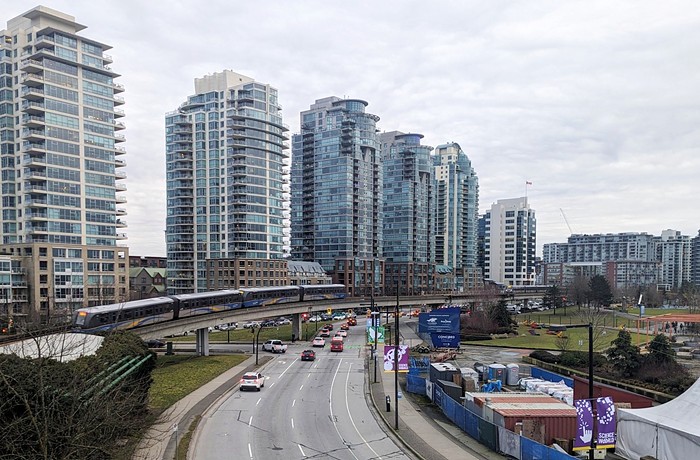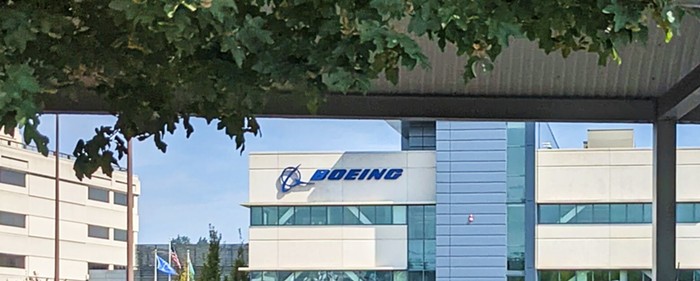
The woman, Chrystal Walker, suspected of a hit-and-run that mortally injured a cyclist, Alex Hayden, on Saturday, July 14 (he was 51 when he died on Tuesday, July 17), has no less than five DUIs on her record. She was also, according to a sheriff who spoke to KIRO, "supposed to have an ignition interlock device in her car but the truck did not have one" (the truck was owned by her uncle). The incident happened at around 4 pm. The suspect hit the cyclist from behind. He flew from his bike and hit the ground with a force that opened his grave. The driver continued driving with the mangled bike in the pick up's fender. The cyclist was hit while in the bike lane. The lane is not, of course, protected from car traffic. Few bike lanes in this city are because what matters most to transportation departments in the Seattle-area are bloody cars. And now another cyclist is dead, and his family has to suffer. And the suspect's family also has to suffer because the directive of the ruling ideology is that all private and public institutions related to the automobile make every effort to keep people in cars.
Indeed, not long after I learned of Hayden's death, I walked off the Route 60 bus at the stop near the corner of South Lander Street and Beacon Avenue South, and found that, to my complete shock—then again, why was I even shocked by this—a popular pedestrian crossing that, for ages, was non-signalized, and therefore favored pedestrians ("Yield to Pedestrians”), now had beg buttons installed by the mega-church of the automobile SDOT.
Until very recently, cars at this intersection had to stop for people, not people for cars. But because this is contrary to the directive of the ruling transportation ideology, SDOT—an institution that has more ghosts than the Winchester Mystery House—gave the crosswalk, which is between Beacon Hill Station and the Metro stop for Route 36 and Route 60, right back to their lord and master, the car. Before the beg buttons appeared, it was clear pedestrians were in charge of the intersection, and this made crossing very easy. In fact, there was even a bit of a road diet in the section leading to the crosswalk. And this, and the sense of pedestrian control, kept cars slow.
This is classic Hans Monderman type-shit. Radical traffic engineering. And this complicated intersection was not just about the Dutch "shared space" concept. There was no democracy of transportation modes here. This was clearly an area designated for the non-domination of cars. And this understanding made all of the difference. Over the years, the rule that imposed the understanding developed into a cultural memory by way of habit. Drivers expected uppity pedestrians in this area, and understood that they were in control. But no more of this. SDOT will have none of that. It wants to "protect" pedestrians by making cars feel their power in the intersection and avenue. The memory of pedestrian preference will eventually be eliminated by these beg buttons. A new car-way memory will conquer the crosswalk. The understanding between pedestrians and cars will, as always and everywhere else in the city, favor the former. This was done by SDOT. It's as if it wasn't already doing more than enough for the supreme enemy of all that is urban in experience and feeling. Rest in peace, Alex Hayden.



















